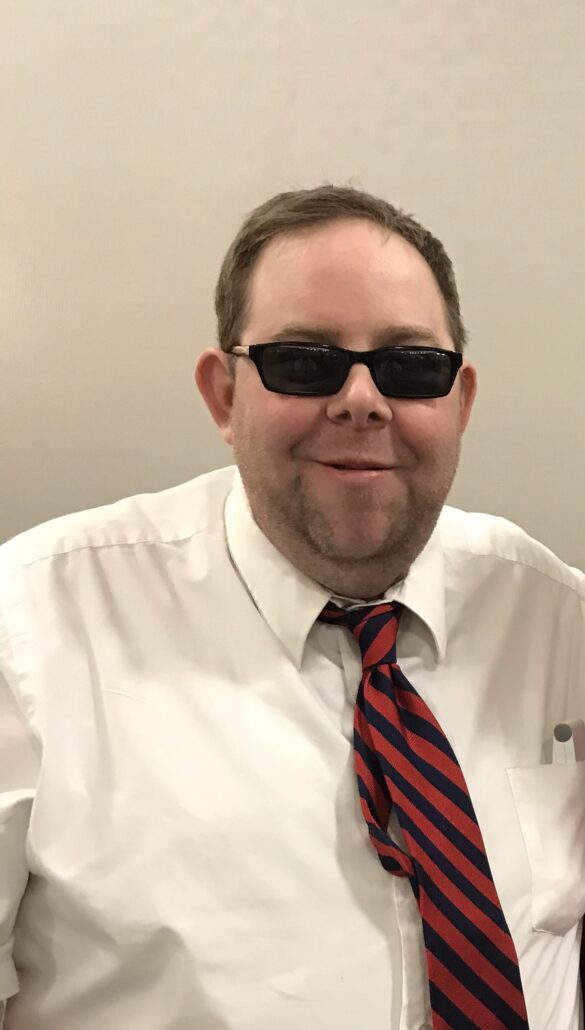
- Audio description (AD) is crucial for making visual media accessible and immersive for blind audiences. Roy emphasizes the importance of high-quality, thoughtfully crafted AD that enhances storytelling rather than just being a checkbox for accessibility.
- The AD industry is evolving, with growing awareness and improvements in quality. Roy highlights the need for professionalism, consistency, and including AD in the production process rather than as an afterthought.
- There are opportunities and challenges with AI in audio description. While AI can enhance certain aspects, Roy stresses the importance of maintaining the human element, especially for emotional nuance and storytelling.
- Advocacy and positive reinforcement from audiences are important for improving AD. Roy encourages blind viewers to celebrate good AD work and provide specific feedback to help elevate the industry.
- Roy’s passion for AD stems from personal experiences and connections, like his friendship with a blind person who could enjoy TV shows with him thanks to AD. This drives his commitment to making entertainment more inclusive and immersive for blind audiences.
Learn more at DJ Troublemaker’s website at https://thetroublemakerexperience.com/troublemaker.php
